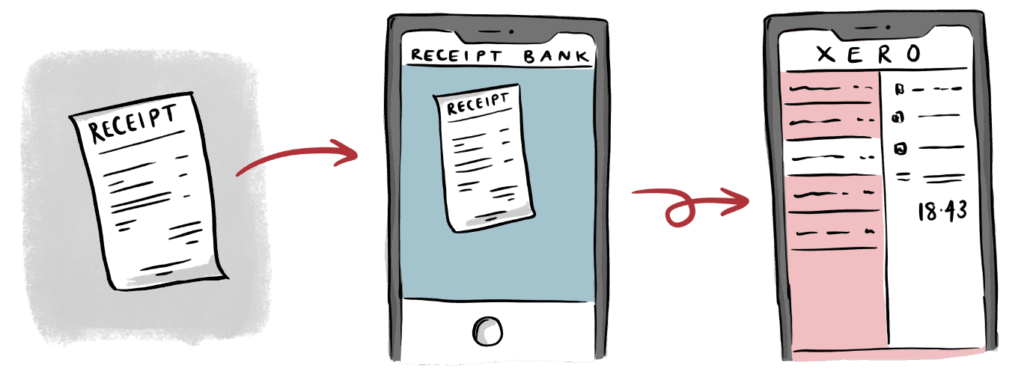Claims are made under corporation tax filings, with VGTR being claimed on enhanceable expenditure which is the lower of:
- 80% of the total core expenditure
- actual EEA core expenditure incurred
Loss-making companies are able to carry the losses through to the next accounting period or surrender part of it in cash with the balance being carried forward.
Surrenderable losses are 25% of the lower of:
- The company’s available loss for the accounting period
- Enhanceable expenditure for the period
Example
| Income | £0 | |
| Expenses | £-500,000 | |
| Trading Loss | £-500,000 | |
| Deduction is the lower of: | ||
| EEA Core Expenditure | £-250,000 | |
| 80% Core Expenditure | £-400,000 |
In the above-worked example the company has no income and total expenses of £500,000 related to developing a new game. £250,000 of these are spent within the EEA.
The enhanceable expenditure element is £250,000 (the lower of EEA core expenditure and total core expenditure in the period).
In this instance, the allowable deduction for corporation tax is £750,000 (made up of actual core expenses of £500,000 and enhanceable expenditure of £250,000).
The company can carry this total loss forward to the next period or may surrender part of it for cash. The surrenderable loss is the lower of the total loss of £750,000 or the enhanceable expenditure of £250,000.
The repayable element is £62,500 (25% of the enhanced expenditure), with the balance of the loss (£500,000, being £750,000 less £250,000) being carried forward to the next accounting period.













